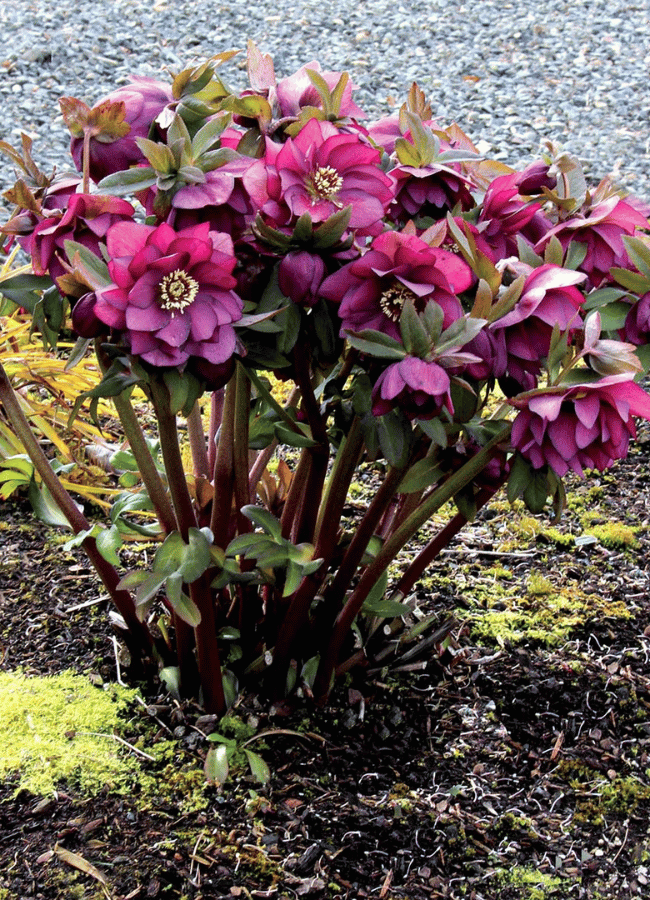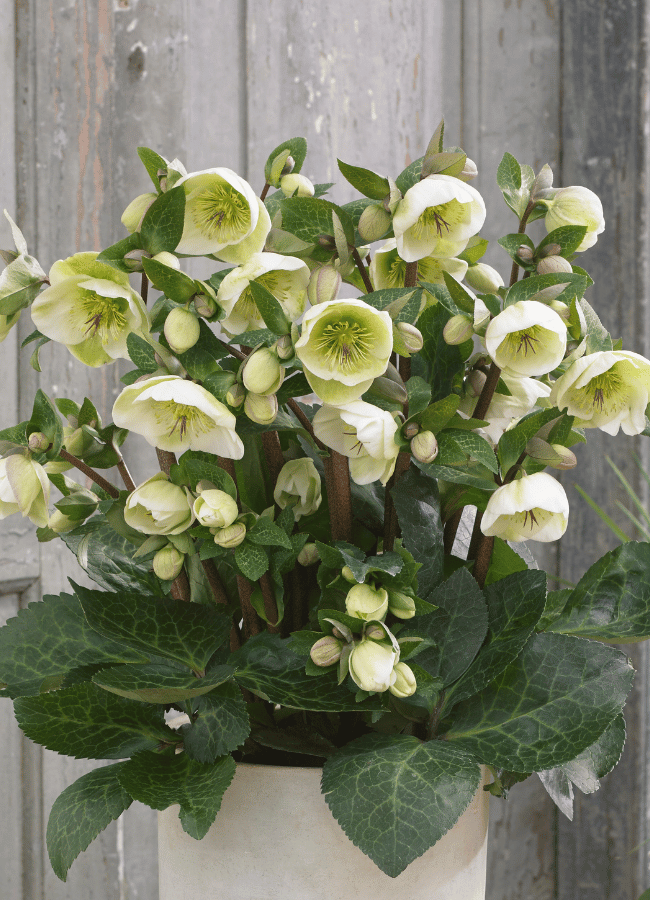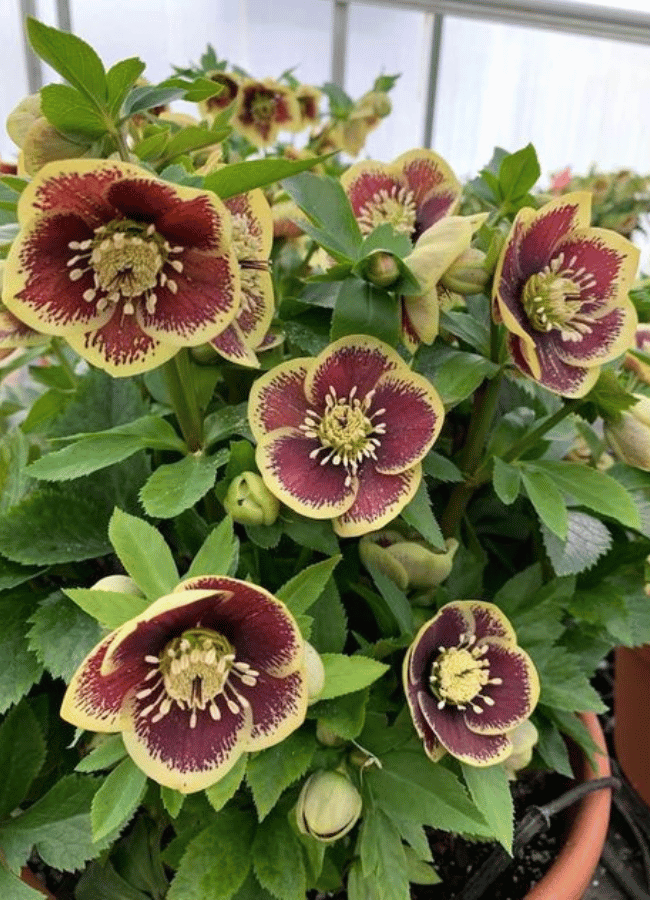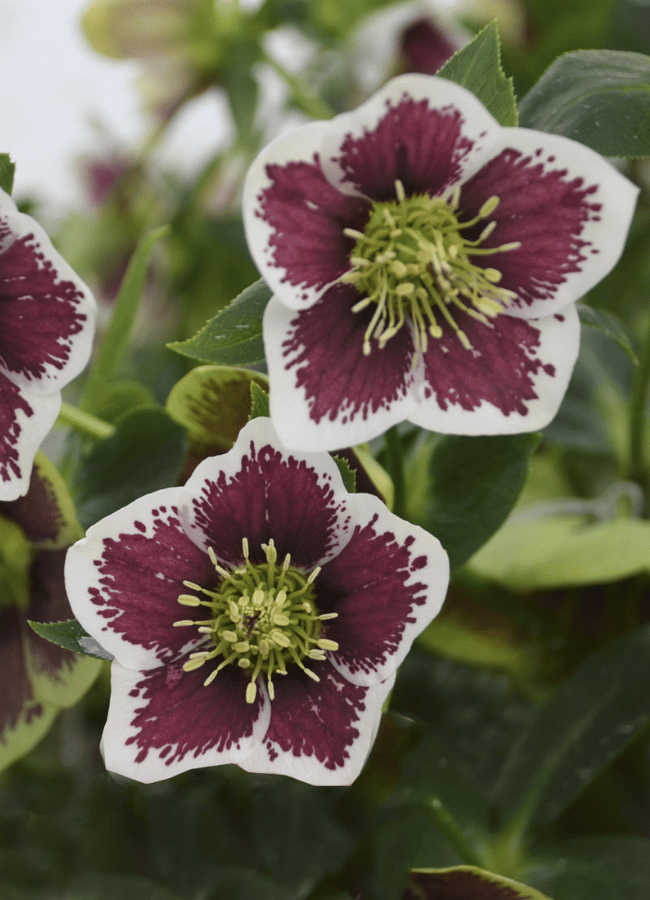Dividing Perennials Guide

Dividing perennials is an easy way to refresh your garden. By dividing perennials, you keep your garden from becoming overgrown, you help reinvigorate your flower show, and you fill in empty spaces in your garden (and maybe your neighbor’s garden, too!). Read on to learn more about dividing perennials to keep your garden looking its absolute best.
There are three main reasons to divide perennials:
- Control the size of your plants – Rapidly spreading perennials can get out of control; dividing spreading perennials helps keep them in check. Plants that become too crowded from overgrowth are also more prone to pests and disease as they suffer from poor airflow.
- Rejuvenate your plants – Dividing old plants can rejuvenate them adding vigor and more profuse blooms.
- Increase the number of your plants – Division is really addition when it comes to your perennial garden! Gain additional plants by dividing to fill empty spaces in your garden or to share plants with your gardening friends.
WHEN TO DIVIDE
Most perennials benefit from dividing every three to five years. Generally speaking, division should take place in the season opposite the plant’s flowering season; it is best to divide spring and summer flowering perennials in the fall and fall flowering perennials in the spring. Dividing plants when they aren’t flowering allows the plant’s energy to be directed toward root development and leaf growth.
For fall division perennials, allow about six weeks from division to average first frost so plants can become established in their new homes. In central Oklahoma, late August to early September is a good time to divide spring flowering perennials.
Spring division can be started as soon as the growing tips of the plants have emerged. Don’t wait until temperatures rise too much to divide; it is best to allow time for roots to establish before temperatures become too hot stressing your newly divided plants.
WHICH PLANTS TO DIVIDE
Plants that are spreading to areas they aren’t wanted, plants with bald spots, and plants with flowers that are smaller and less abundant than are typical of the species (or subspecies) are great candidates for division (provided they are species that respond well to division).
Perennials with long taproots should not be divided. Other perennials reseed freely and therefore don’t require division. Be sure to research your species and subspecies of perennials before dividing to ensure you won’t cause stress to a plant that prefers to be undisturbed.
HOW TO DIVIDE
Prepare the area where you will be moving your new divisions before beginning. Bed preparation should include eliminating perennial weeds, adding an working organic matter into the soil, and amending with fertilizer and/or other nutrients as needed. (A simple soil test can determine whether and which amendments are needed.)
Water the plants to be divided a day or two before dividing and make every effort to divide them on a cool, cloudy day. Keep divisions moist never allowing them to dry out. Plant the divisions at the same depths they enjoyed in their previous location. When you have finished dividing and replanting, water each plant with a starter fertilizer to reduce shock and to help the new plants root in and get established quickly.
How you divide your perennial depends on which type of root system they have as well. There are several types of root systems, but three groups cover perennials planted in most gardens – clumping, spreading, and woody.
CLUMPING PERENNIALS

Clumping perennials grow from a central clump – called a crown – which grows bigger each year producing offsets. They also develop an extensive root system that benefits from division every two to three years to prevent problems associated with overcrowding.
To divide clumping perennials, dig up the entire plant starting a good distance from the center to minimize root damage. Once you have dug up your clumping perennials, loosen the roots to determine where to make divisions. Often there will be obvious divisions; sometimes you will have to exercise your best judgement. Always make sure there is a healthy amount of foliage and root system for each division. The roots of clumping perennials tend to be thick and fleshy, so a soil knife, clippers, or other tool might be necessary to cut through the root system.
Hostas, daylilies, guara, astilbe, and many ornamental grasses are examples of clumping perennials.
SPREADING PERENNIALS

Spreading perennials grow by surface or underground roots or stems. These plants’ shoots originate from many locations, and they can often look like separate plants with their own crown and root systems. Dividing spreading perennials can keep those that are more invasive from taking over a space, and it can keep them from crowding out their own centers.
To divide spreading perennials, simply dig up the portion of the plant you want to move making sure to get at least three to five vigorous shoots in each division.
Examples of spreading perennials include lamium, bee balm, creeping phlox, and perennial vinca.
WOODY PERENNIALS

Woody perennials often have rooted layers meaning they had a branch from the original plant that rested on the soil and developed its own root system.
To divide woody perennials, cut the stem that runs between the original plant and the new plant, dig up the new plant, and move it to its new home.
Lavender, rosemary, and thyme are examples of woody perennials.
GIVE IT A GO!
With a little research, perennial division can be performed successfully by even the most novice gardener. This fall, why not give it a try on your spring and summer flowering perennials?! Chances are that your garden will reward you with healthier, happier, and more abundant perennials.
Hello, Hellebores

CARE TO MEET THE PERFECT PERENNIAL?
Say hello to hellebores! This easy-to-grow, drought-tolerant perennial produces early, long-lasting blooms in addition to providing year- round interest with evergreen foliage. Hellebores are winter-hardy and require little attention to make it through the harsh winter months.
Throughout most of North America, hellebores bloom in February or March often coinciding with the Lenten season. Keep reading for tips on growing these beauties and find out which varieties you can pick up now at Marcum’s Nursery.

CATEGORIES FOR HELLEBORES
The hellebore, Helleborus, is a member of the Ranunculaceae family. There are approximately 20 species of hellebore as well as various subspecies. Some of the more easy-to-find species and their hybrids are Christmas Rose (H. niger), Corsican hellebore (H. argutifolius) and Lenten Rose (H. orientalis).
Most of the varieties available at Marcum’s Nursery this season will be Lenten Rose (H. orientalis).

TIPS FOR GROWING HELLEBORES
LIGHT
SOIL
WATER
Hellebores benefit from sunlight during the winter when they are beginning their growing and blooming season, but they don’t appreciate the direct, hot sun of summer. If possible, site hellebores beneath trees that drop their leaves in winter to ensure adequate sunlight during bloom time and shade in the warmer months.
Hellebores like humus-rich, well-drained soil. Since our soil can tend to be heavy and higher in clay content, consider amending the soil with gypsum and organic matter, like Marcum’s Nursery’s Redbud Compost, before planting your hellebores; this will speed plant growth and establishment. Be careful not to plant hellebores too deeply. The crown of the plant should be just below the soil’s surface.
Soil around hellebores should be damp about one inch below the surface. This can usually be accomplished by watering once to twice per week. Once established hellebores are quite drought-tolerant.
PROPER DIVISION
HELLEBORE TOXICITY
Divide and transplant hellebores in the fall. Dig up the entire plant, wash the soil from the roots, then divide with a sharp knife between growth buds. Leave at least three shoots on each division.
All parts of the hellebore plant are toxic (which is one of the reasons deer and rabbit avoid them), so if you are sensitive to the alkaloids in the leaves, wear gloves when handling to avoid skin irritation.
CURRENTLY AVAILABLE AT MARCUM’S
All of the featured hellebore varieties are currently in bloom at a Marcum’s near you. Come and get these beauties before they’re gone! While supplies last. Quantities and varieties vary per Marcum’s Nursery location. Give us a call with any questions.
FrostKiss™
‘Anna’s Red’

Winter Jewels®
‘Apricot Blush’

Winter Jewels®
‘Berry Swirl’

Wedding Party®
‘Blushing Bridesmaid’

Winter Jewels®
‘Cherry Blossom’

Winter Jewels®
‘Cotton Candy’

FrostKiss™
‘Dorothy’s Dawn’

Wedding Party®
‘Flower Girl’

Frostkiss®
Glenda’s Gloss®

Honeymoon®
‘Irish Luck’

Wedding Party®
‘Maid of Honor’

FrostKiss™
‘Moondance’

Honeymoon®
‘Rio Carnival’

Honeymoon®
‘Romantic Getaway’

Honeymoon®
‘Sandy Shores’

Winter Jewels®
‘Sun Flare’

Honeymoon®
‘Tropical Sunset’
